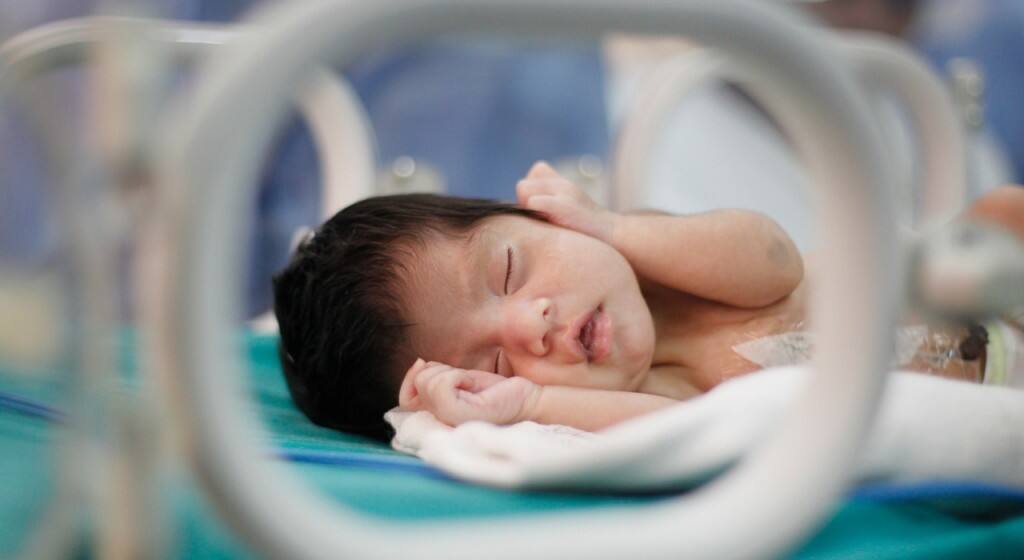Doctors at a children’s hospital in Boston have developed an experimental transplant in infants with damaged hearts to give them a fighting chance for a healthy life. The novel treatment idea, used by these doctors first in March 2015, involves injecting mitochondria from a healthy part of the body into the damaged region of an ailing heart. Two doctors working at Boston Children’s Hospital in Massachusetts— pediatric surgeon Dr Sitaram Emani, and scientist who studies similar cases in adults Dr James McCully — worked on developing this procedure for cases in which it could be used as a last resort. In the only human trials for a **mitochondrial transplant** so far, these medical scientists have treated twelve babies that had next to no hope for survival except for the experimental procedure. The New York Times reported that eight of its beneficiaries came out of it alive, with recovered, healthier hearts than their prognosis otherwise predicted. The report added that 65 percent of similar babies who could have but did not receive the treatment had died, with none showing improvement in cardiac function thereafter. A report in The New York Times follows the story of the procedure’s latest beneficiary, 2-month-old Georgia Bowen, who in minutes after being born, showed symptoms of a congenital heart defect , and in need of surgery. Her doctors think she could have had a heart attack while still in her mother’s womb. A large portion of her profoundly damaged heart was found to be dead or weakly-active muscles, which led to her cardiac arrest. The surgery, being an invasive procedure, was said to have added to the scarred tissue in her heart, compounding matters. [caption id=“attachment_4715641” align=“alignnone” width=“1024”]  A representational image of an infant with congenital heart disease in recovering after a life-saving surgery. Reuters.[/caption] **Mitochondria** , being the ‘powerhouse’ of a cell, provide all the energy needed by a tissue to function. While most of our body’s tissues contain mitochondria. Due to the simple fact that the heart requires alot of energy to pump blood and perpetually keep it circulating in the system, the cells in the heart have the highest number of mitochondria. A recent and interesting observation made by Emami and his colleagues is that the mitochondria, even if fed into an artery or vein going into the heart, finds it way to damaged cells in it, and are taken up by them. This natural gravitation towards injured cells is a remarkable discovery in itself, if validated by another study. The doctors are optimistic about the procedure being life-saving in adults, too, but want to wait for a randomised clinical trial to prove its effectiveness. Such a trial is already in the early stages of planning, and is estimated to being in mid-2019.
Doctors are optimistic about the procedure being life-saving in adults, too.
Advertisement
End of Article


)
)
)
)
)
)
)
)
)



